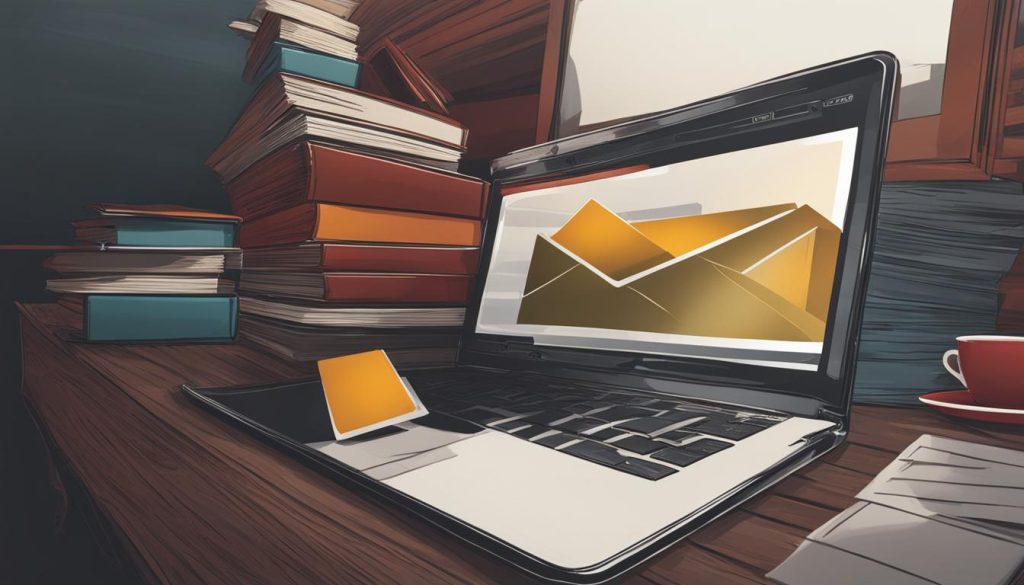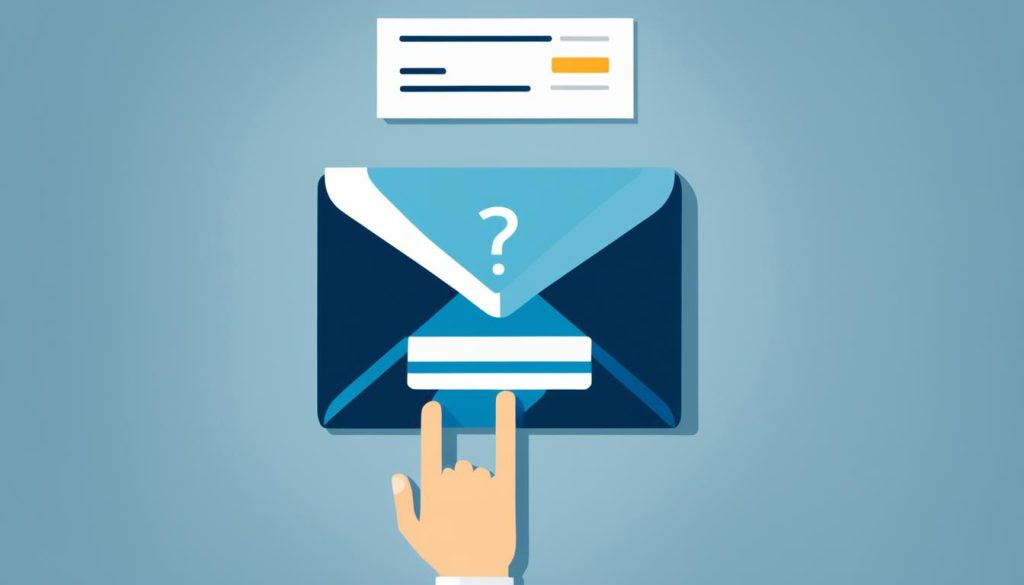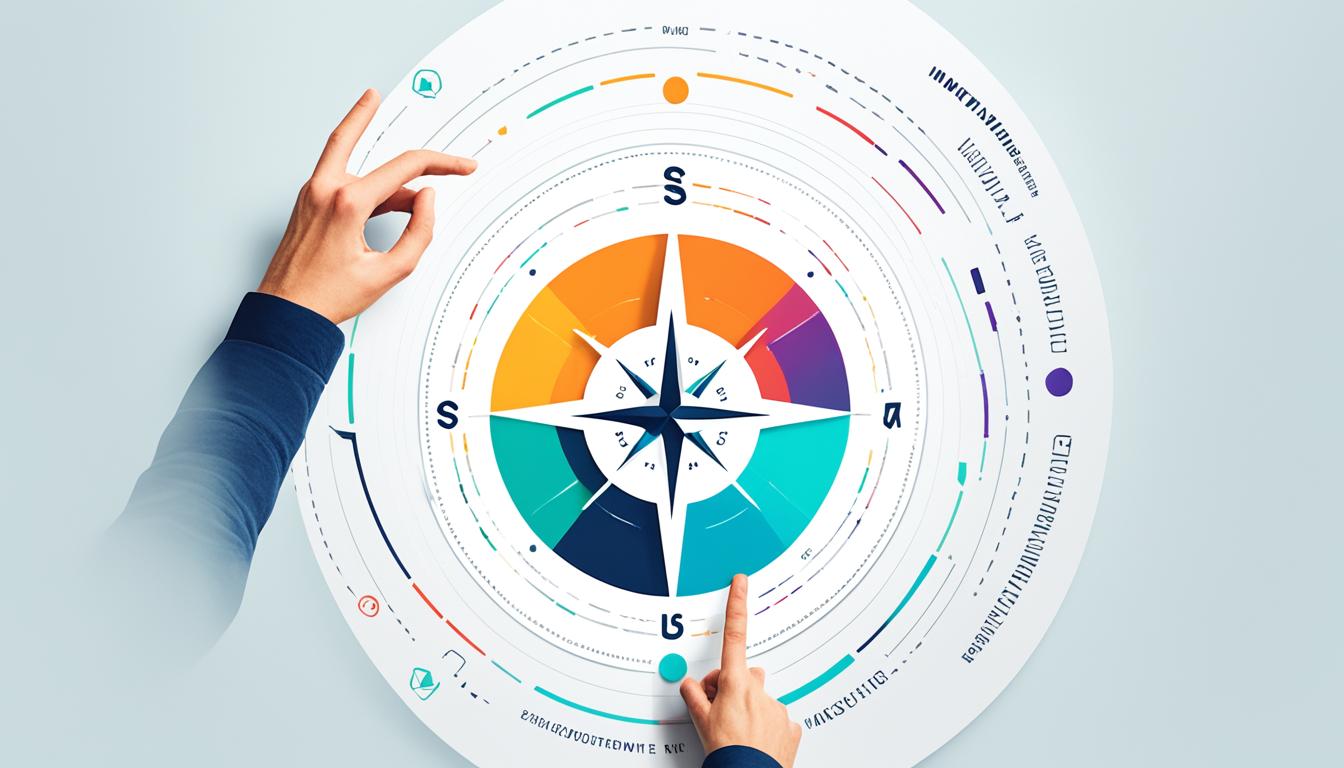How To Address Someone in an Email (With Examples)
Did you know that the way you address someone in an email can greatly impact the effectiveness of your message? It’s true! Proper email salutations and greetings play a crucial role in establishing rapport and setting the tone for your communication.
When addressing someone in an email, there are several factors to consider, such as the context, the relationship, and the tone of your message. Different cultures, industries, and situations may have different norms and preferences for how to address someone. Understanding your audience and tailoring your approach to match their style and level of formality can make all the difference in building effective email communication.
- Addressing someone in an email requires considering the context, relationship, and tone of your message.
- Knowing your audience and their background helps you choose the appropriate level of formality in your email.
- A clear and relevant subject line captures the recipient’s attention and sets expectations.
- A proper greeting establishes rapport and respect in your email.
- Avoid using nicknames or abbreviations unless you have an informal relationship with the recipient.
Know Your Audience
When it comes to email communication, knowing your audience is key. Different cultures, industries, and situations may have their own norms and preferences for how to address someone in an email. By understanding your audience’s background and expectations, you can tailor your email greetings to match their style and level of formality.
Researching your audience allows you to personalize your email greetings, which helps cultivate genuine rapport and demonstrates respect for individuality. While some people may appreciate a more formal salutation, others may prefer a casual approach. By taking the time to know your audience, you can choose the best way to address someone in an email and establish a positive connection right from the start.
Building effective relationships through email goes beyond simply writing messages. It’s about understanding cultural norms and adapting to the level of formality in email salutations that align with your audience’s expectations. This knowledge allows you to communicate effectively and create a positive impression through your email interactions.
Remember, the goal is to build rapport and establish trust, so always be mindful of your audience when crafting your email greetings. By knowing your audience, you can ensure that your email communication resonates with them and fosters a strong connection.
Now let’s delve into some specific guidelines for effective email communication.
| Cultural Norms in Email Greetings | Level of Formality in Email Salutations |
|---|---|
| Understand the cultural norms and customs related to email greetings in your audience’s country or region. | Consider the level of formality expected in your recipient’s industry or organization. |
| Research common email greeting practices to ensure you match the expectations of your audience. | Use professional salutations for formal or professional email communications. |
| Learn about any specific guidelines or etiquettes related to greetings in your audience’s culture. | Adapt your greeting style based on the recipient’s position and relationship with you. |
| Be mindful of potential cultural differences that may impact how greetings are perceived. | Consider the level of familiarity you have with the recipient and adjust your greeting accordingly. |
Use a Clear and Appropriate Subject Line
The subject line is a crucial element of your email that can greatly impact how your message is perceived by recipients. It is the first thing they see when they open your email, and it plays a significant role in determining whether they will read and respond to it. Therefore, it is essential to craft a subject line that is clear, concise, and relevant to the purpose of your email.
A clear subject line helps recipients understand what your email is about and sets their expectations from the start. Avoid using obscure or misleading words that may make your email appear unimportant or suspicious. Instead, choose specific words or phrases that accurately reflect the content and purpose of your message.
Here are some best practices for creating a clear and appropriate subject line:
- Be concise: Keep your subject line short and to the point. Avoid using unnecessary words or phrases that may confuse or overwhelm recipients.
- Use keywords: Include relevant keywords that directly relate to the topic or purpose of your email. This can help recipients quickly understand the relevance of your message.
- Highlight the main point: Make sure your subject line clearly conveys the main point or the most important information of your email. This can help recipients prioritize and engage with your message more effectively.
- Avoid spammy or clickbait language: Refrain from using spammy or misleading language that may make your email appear untrustworthy. Be honest and genuine in your subject line to build trust with recipients.
- Personalize when appropriate: If you have a personal or professional relationship with the recipient, consider personalizing the subject line to make it more relevant and appealing to them.
- Preview your subject line: Before sending your email, take a moment to read the subject line from the perspective of the recipient. Ask yourself if it accurately represents the content and purpose of your email.
By following these subject line best practices, you can increase the chances of your email grabbing the attention of recipients and eliciting a positive response. A clear and appropriate subject line sets the tone for your email and helps recipients understand why your message is relevant to them.

| Subject Line Example | Explanation |
|---|---|
| Reminder: Team Meeting Tomorrow at 2 PM | This subject line clearly conveys the topic, urgency, and timing of the meeting. It sets expectations and helps recipients prioritize their schedule accordingly. |
| Important Update: Project Deadline Extended | Using keywords like “Important Update” and “Project Deadline Extended,” this subject line provides relevant information that recipients need to know promptly. |
| Just Checking In | This subject line is too vague and doesn’t provide recipients with any specific information or reason to open the email. It lacks clarity and fails to capture the recipient’s attention. |
| Exclusive Offer: 50% Off Sale Ends Today | By mentioning an exclusive offer and creating a sense of urgency with the “Sale Ends Today” phrase, this subject line entices recipients to open the email and take advantage of the limited-time discount. |
Start with a Proper Greeting
When writing an email, the greeting is your first opportunity to make a positive impression on the recipient. It sets the tone for the entire conversation and can contribute to building a professional and respectful relationship. To ensure you start off on the right foot, follow these email greeting etiquette guidelines:
- Use the recipient’s name: Addressing the recipient by their name shows respect and personalizes the email. Avoid using generic greetings like “Dear Sir/Madam” or “To whom it may concern.”
- Add a courteous word or phrase: Pairing the recipient’s name with a polite word or phrase, such as “Hello,” “Greetings,” or “Good morning/afternoon,” establishes a friendly and professional tone.
- Consider the context and relationship: Depending on the nature of your email and your rapport with the recipient, you may choose to add a formal title before their name (e.g., Mr., Ms., Dr.) or a suffix after their name (e.g., PhD, Esq.).
- Double-check spelling: Ensure that you spell the recipient’s name correctly. Misspelling their name can come across as careless or inconsiderate.
By starting your email with a proper greeting that includes the recipient’s name and a courteous word or phrase, you demonstrate professionalism, respect, and attention to detail, setting the stage for effective communication.

Avoid Using Nicknames or Abbreviations
When sending professional emails, it is important to maintain a level of formality and professionalism. One way to do this is by avoiding the use of nicknames or abbreviations when addressing recipients. Using someone’s full name or preferred name shows respect and acknowledges their professional identity.
Nicknames and abbreviations can come across as unprofessional and may give the impression that you are not taking the email seriously. It is important to err on the side of caution and use proper spelling, grammar, and punctuation in your email communication.
By avoiding nicknames, you are also ensuring that you are addressing the recipient in a polite and appropriate manner. Using their full name or preferred name demonstrates that you value their professional identity and are taking the time to address them properly. This can help to establish a positive rapport and set the tone for effective communication.
Additionally, it is important to be mindful of the tone and style of your email. Avoiding slang terms, emojis, and overused phrases can help to convey a more formal and respectful tone. Keeping your communication professional will help to ensure that your email is taken seriously and that your message is received in the intended manner.
| Nicknames/Abbreviations | Full Name/Preferred Name |
|---|---|
| Bob | Robert Johnson |
| Sue | Susan Davis |
| Mike | Michael Thompson |
End with a Polite Sign-off
When wrapping up your email, it’s essential to end with a polite sign-off that leaves a positive impression on the recipient. The sign-off serves as the final touch and reflects your professionalism and respect. Here are some examples of professional email sign-offs and closing phrases:
- Sincerely,
- Regards,
- Thank you,
- Best regards,
- Warm regards,
- With gratitude,
- Yours faithfully,
- Best wishes,
- Warmest regards,
- Respectfully,
Choose an appropriate closing phrase based on the tone and formality of your email. Additionally, consider adding your name, title, company name, and contact information below the closing phrase, if relevant. This provides recipients with your essential details for future communication.
Remember to avoid overly casual or emotional sign-offs, as they can undermine the professionalism of your email. Keep it respectful and genuine, expressing your gratitude for the recipient’s time and attention. By ending your email with a polite sign-off, you leave a lasting positive impression on the recipient and enhance your professional image.
| Sign-off | Use Case |
|---|---|
| Sincerely, | A formal and polite sign-off suitable for professional emails. |
| Regards, | A neutral and common sign-off that can be used in various business contexts. |
| Thank you, | A grateful and appreciative sign-off, often used after a request or favor. |
| Best regards, | A friendly and professional sign-off suitable for most email exchanges. |
Choose the sign-off that aligns with the tone and nature of your email. Remember to conclude with a comma and your name to provide a personal touch. Following proper email etiquette for closing is crucial in leaving a positive and lasting impression on your recipients.
Additional Considerations
When it comes to addressing someone in an email, there are a few additional considerations to keep in mind. These tips will help you navigate the complexities of email etiquette and improve your overall email communication skills.
First and foremost, the approach you take to address the recipient should always be aligned with the context and your relationship with them. Understanding the tone you want to set for the email and choosing a greeting that resonates with the individual on the other end is crucial. Whether you opt for a formal or more casual salutation, make sure it conveys the level of respect and familiarity appropriate for your relationship with the recipient.
Additionally, when writing a formal email, it is essential to adhere to proper email format. Pay attention to using formal vocabulary and sentence structure, as this will contribute to a polished and professional tone. Take the time to proofread your email thoroughly before hitting send to ensure accuracy in spelling, grammar, and punctuation.
By following these additional considerations, you can enhance your email communication skills and foster better relationships with your email recipients. Remember to always consider the context, choose an appropriate greeting, and maintain a professional and respectful tone throughout your email. Effective email communication is not only about the content of the message but also about the manner in which it is delivered.
FAQ
How should I address someone in an email?
Should I personalize my email greetings?
How important is the subject line in an email?
What should I include in my email greeting?
Is it okay to use nicknames or abbreviations in an email?
How should I end my email?
What other considerations should I keep in mind when addressing someone in an email?
- How Strategic SEO Drove Growth for a CPAP E-commerce Brand - July 24, 2025
- Top 3 SEO Companies in Toronto: An Analytical Comparison - July 23, 2025
- SEO for Entry Door Services - April 24, 2025





















Post Comment
You must be logged in to post a comment.